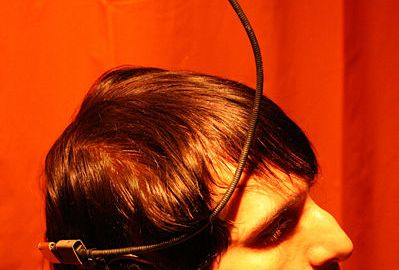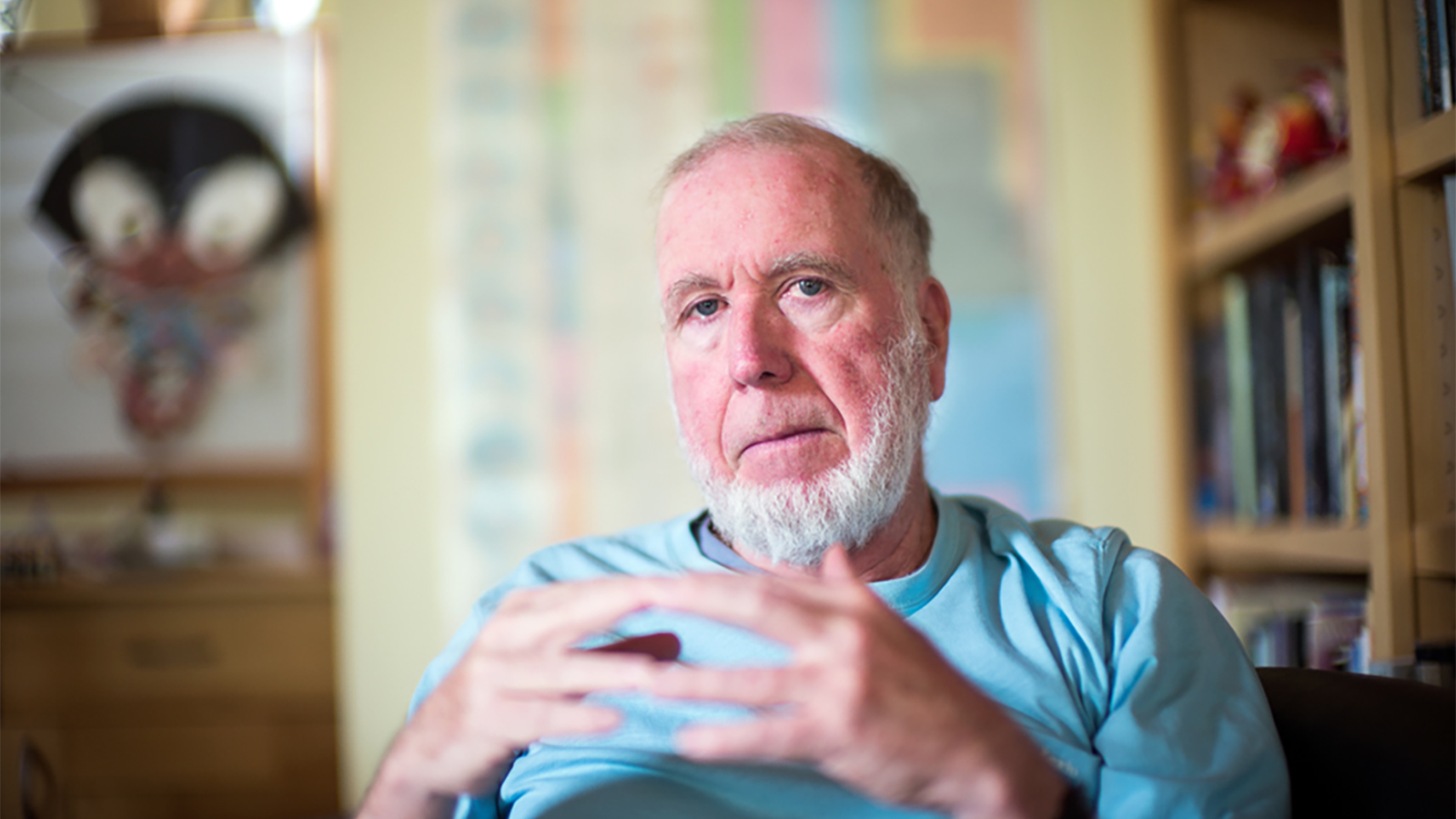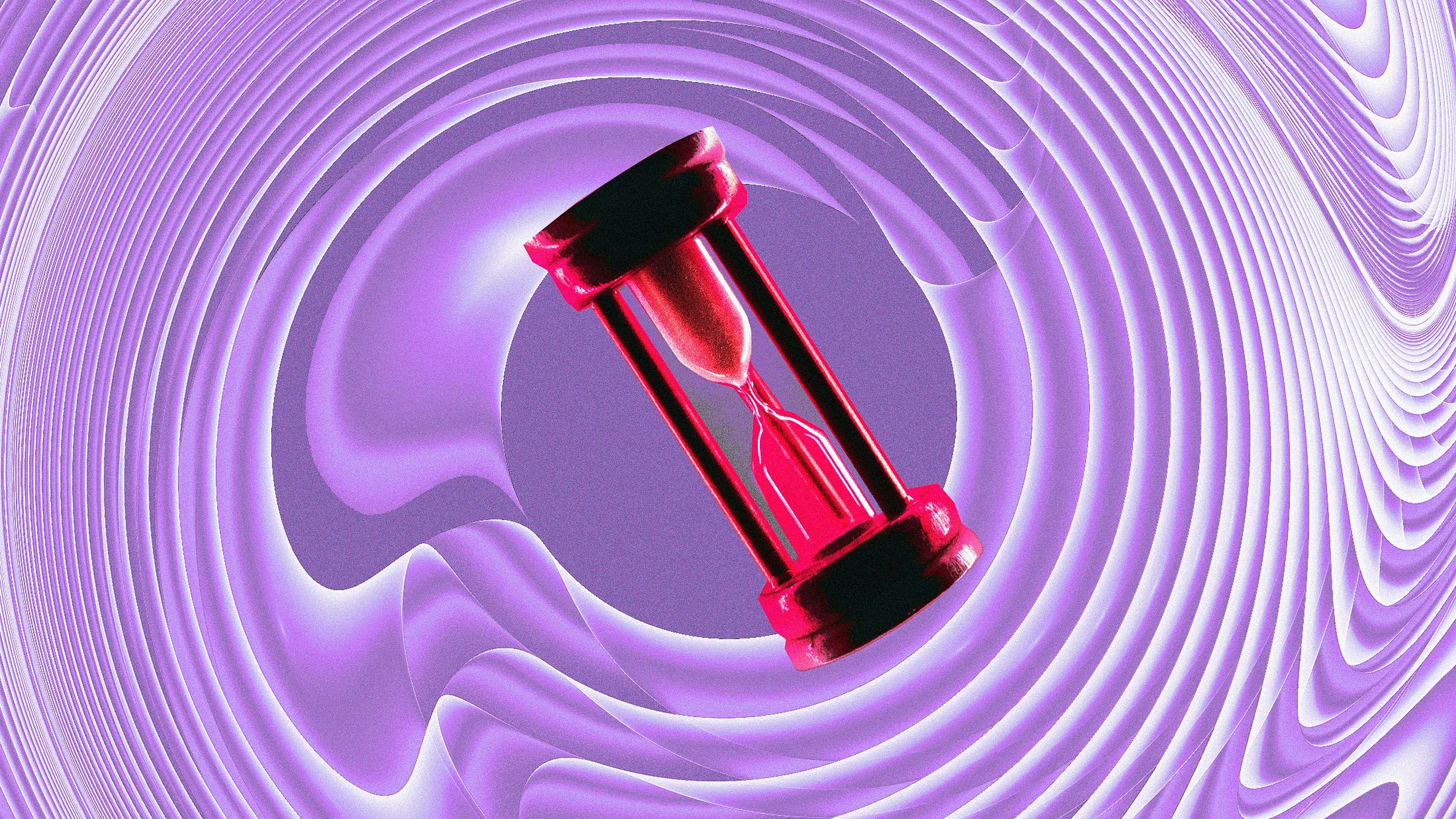The Singularity Is Not Near

What’s the Latest Development?
Professor of neuroscience at Johns Hopkins University, David Linden doesn’t believe man will be fused with machine any time soon. At least not in the way that futurist Ray Kurzweil envisions the (near) future. One of Kurzweil’s predictions is that by the 2020s, minuscule nano-robots will enter our brains, non-invasively through our capillaries, and be able to manipulate our sensory receptors to create the first true virtual reality. Linden responds: “Even if our intrepid nanobot were jet-powered and equipped with a powerful cutting laser, how would it move through the brain and not leave a trail of destruction in its wake?”
What’s the Big Idea?
Kurzweil predicts that by the 2030s, we will be able to upload our minds into a highly sophisticated computer, at which point the distinctions between brain, mind and machine would fall away. But this prediction relies on the faulty premise that our knowledge of neurobiology increases exponentially. While technological capacity may increase exponentially, it has not yielded a parallel increase in our understanding of the human brain. “In my view the central problem here is that Kurzweil is conflating biological data collection with biological insight,” Linden says.





